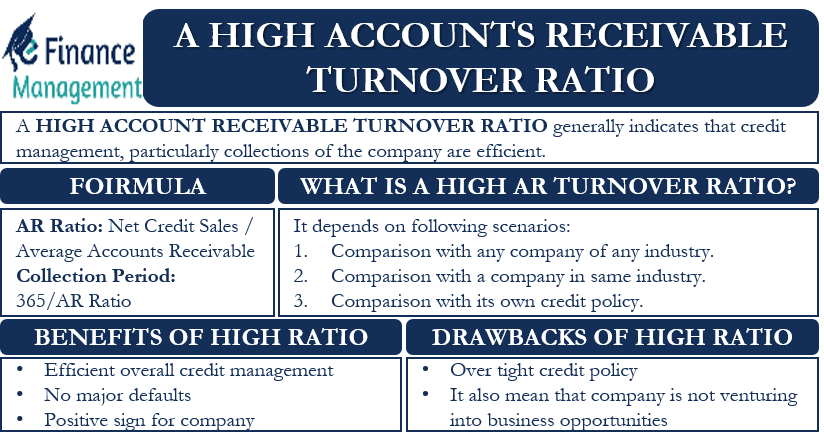
This cookie is set by GDPR Cookie Consent plugin. The cookie is used to store the user consent for the cookies in the category "Other. The cookies is used to store the user consent for the cookies in the category "Necessary". The cookie is set by GDPR cookie consent to record the user consent for the cookies in the category "Functional". The cookie is used to store the user consent for the cookies in the category "Analytics". These cookies ensure basic functionalities and security features of the website, anonymously. Necessary cookies are absolutely essential for the website to function properly. These metrics also help gauge customer experience and satisfaction. They help strengthen credit policies to reduce bad debt. Having another metric to cross-examine the insights helps remove errors in your judgment.ĭSO and ART complement each other to give you a more rounded picture of your collections efficiency. DSO values may vary due to seasonal slumps or spikes in sales). Often, when analyzed in silos, these metrics can be misleading (e.g. Looking at both DSO and AR turnover ratio metrics collectively is crucial. Thus, tracking DSO and ART helps you know when to adjust your credit policies.


You can plan investments based on the predicted cash inflows or re-invest the money to grow sales. forecasting accounts receivable using DSO gives you a snapshot of the financial health of your business. Cash-flow forecasting: Low DSO values indicate a better cash flow.

You can use the AR turnover ratio to see how quickly your invoices are paid. Collections efficiency: The DSO determines how soon customers pay and the efficiency of your collections department.Here are some ways DSO and AR turnover ratio help you monitor your AR operations.


 0 kommentar(er)
0 kommentar(er)
